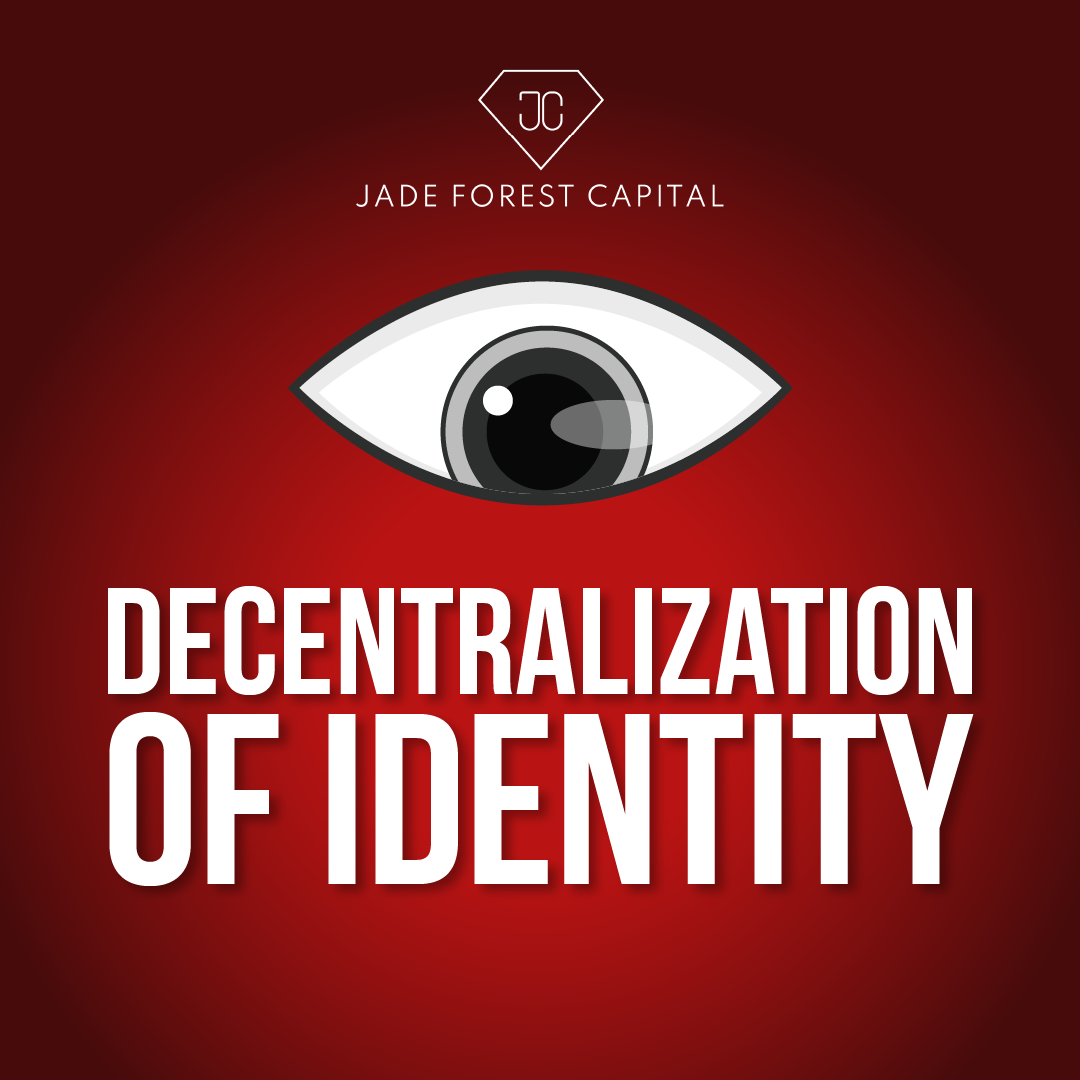Over the years of development, the Internet has become indispensable in human society. At the same time, it also has drawbacks. Due to the necessity of the internet, people are under the control of the major technological companies, which forces users to trust those companies whether they want to or not. With the aim of bringing justice, transparency, and freedom to the Internet, Web3 was developed.
The formation of World Wide Web
Web1
Between the years 1991 and 2004, when the idea of websites was still unfamiliar to many people, Web1 was created. This was the beginning of the Internet, also known as Web1.
Web1 was created by programmers with extensive knowledge of website technology. Data for creating the website is typically kept on personal computers. Users can only read information on websites provided by the company.
The interface of Yahoo in 1996 has many limitations
Web2
At this time, due to the rapid development of the Internet, human society has experienced many significant changes, including assisting cross-cultural communication through electronic portals. This access to information has also enabled businesses to find new markets and tools for expansion. At this stage, the Internet has crept into every corner of society and become vital in our lives.
Applications and websites also started to spread like mushrooms around this time. The burst of the dot-com bubble in 2000 had a lot of negative effects and losses for the world economy, but it also demonstrated how quickly the internet expanded during the technology transfer period in 2000.
Unlike Web1, Web2 enables online communication between users. Through Facebook, Google, Instagram, LinkedIn, YouTube, etc., users can communicate with one another and exchange information and data. Additionally, this is where creators look for opportunities to grow.
Current Web2 social platforms – Source: Internet
Web3
On Web1 and Web2, users must rely on the platform to store personal data. When using social networking platforms, we have no choice but to fully trust the security of the system. Your social network accounts, bank accounts, and personal information will be stored in centralized clouds, and the developer can sell them to third parties for profit or the site may be hacked due to lack of security. As a result, it creates constraints and imbalances for Web2 users and developers. Corporations steal data without the owner’s permission in order to make money, and these corporations also do not share the profits or simply provide the creators with a little portion of the product.
Therefore, based on blockchain technology, Web3 was developed to create a place where power is decentralized rather than centralized. Creators will benefit greatly from platforms built on Web3 since they will be able to fully own their personal information, data, and products.
Interesting comparison between Web1, Web2 and Web3
Introduction to Web3
Web3 is regarded as a combination of Web2 and blockchain online interaction. Data is interoperable like Web2, and it also contains a decentralized component that helps creators in making products that truly belong to them and can be exchanged exclusively.
All the characteristics of blockchain technology are present in Web3, including open source, transparency, security, immutability, and permissionlessness.
Components of Web3
Web3 is considered a common concept for all projects built on it. Web3 category is very large, with many components converted from Web2. Since it has features of blockchain, the value of products/works can return to its creators.
Web3 will include 2 main components: Infrastructure and DApp.
Infrastructure
This is regarded as Web3’s cornerstone, providing the foundation for information exchange and data processing. In the infrastructure, there are other smaller arrays, including:
Layer 1, Layer 2: gather solutions to form the foundation for enhancing the protocol and assisting data processing.
Storage: store decentralized data.
Oracle: connect data from the outside world to the blockchain.
Index: query data in blockchain.
Host Server, RPC: act as a bridge to connect ordinary websites to the blockchain world.
Infrastructure is an indispensable component of Web3. It serves as the foundation for the aforementioned decentralized applications and products. The development of infrastructure will also make the Web3 platform more accessible and efficient.
The current infrastructure still has many limitations due to its complexity and novelty but developers around the world are still working to improve it, showing that Web3 has great potential for future development.
DApp
DApp stands for Decentralized Application
These are decentralized applications built on blockchain and integrated with smart contracts. Integrating smart contracts into DApp will help the system execute automatically and quickly when the requirements satisfy the conditions of pre-programmed smart contracts.
All information inside the DApp is encrypted, immutable, safe and secure, and no one has the right to change it, even its creator. These DApps focus on transparency, free exchange and do not centrally store user data. When using these platforms, users have full discretion over their personal data.
Decentralized apps are based on a variety of utilities, such as DeFi, GameFi, Social, Music, Content, Education, Identity, and others.
Development potential of Web3
Web3 Direction
Web3 is still new, so it is quite difficult to have a clear direction for Web3. However, it also has some directions that we can see at the present time:
Web3 is decentralized: Power will be distributed equally between the creator and users, rather than being centralized and controlled by centralized entities.
Web3 is permissionless: Access to participate in Web3 will not require anyone’s permission.
Web3 has native payments: users can pay directly without going through a third party such as a bank.
Web3 is trustless: Web3 operates based on blockchain security, so it doesn’t rely on trusted third-parties.
The importance of Web3
Web3’s features are still quite strange and different from what we see in Web2 platforms. In order to make it easier to understand, we separate them into specific components and explain simply as follow:
Ownership
Web3 gives you ownership of your digital assets, which is an unprecedented way for Web2. For example, if users play a Web2 game and purchase in-game items, it is tied directly to the user’s account. If the game creators delete the account, user will lose these items. Or, if users stop playing the game, they will lose the value they invested into their in-game items.
On the other hand, Web3 allows for direct ownership through non-fungible tokens (NFTs). No one, not even the game’s creators, has the power to take away your ownership. If you stop playing, you can sell or trade your in-game items on the marketplace and get back the value of those NFTs as tokens.
Censorship resistance
Web2 shows an imbalance of power between platforms and creators.
For instance, OnlyFans is a platform that allows people to create adult contents and earn money from fans. It has over 1 million content creators and many of them use the platform as their primary source of income.
In August 2021, OnlyFans announced plans to ban sexually explicit content. The announcement sparked outrage amongst creators on the platform, who felt they were getting robbed of an income on a platform they helped create. After the backlash, the decision got quickly reversed. Despite the creators winning this battle, it highlights a drawback of Web 2.0: creators cannot decide the direction of the platform and they will lose the reputation and following if they leave a platform.
On Web3, data lives on the blockchain. When creators decide to leave a platform, they can take their reputation with them, plugging it into another interface. This will create equity of value for creators.
Web 2.0 requires content creators to trust platforms. Therefore, censorship resistance in Web3 is a feature that creators really want.
Decentralized autonomous organizations (DAOs)
As well as owning data, you can own the platform as a collective, using tokens that act like shares in a company. DAOs let you coordinate decentralized ownership of a platform and make decisions about its future.
DAOs are built based on smart contracts that provide token holders in the project the ability to make decisions. The decision will be made depending on the proportion and quantity of tokens that support the choice.
There are numerous active DAOs at the moment. This resembles a community of people who own project tokens, and the decentralization of each DAO varies based on the foundation of projects. DAOs have a lot of flaws as well, but the outcomes they produce right now are sufficient to show their future potential.
Identity
Traditionally, you have to create accounts for every platform you use. For instance, if you want to use Twitter, you must first create a Twitter account. Similarly, if you want to use Facebook, you must first create a Facebook account and repeat doing this on other platforms. Gradually, you will have dozens of accounts. If you want to change your information or profile picture, you must log in to each account to make changes. This is quite annoying, and sometimes it results in platforms blocking you because they think you’ve been acting badly, then the entire network that you created on that platform will disappear. Even worse, these platforms require you to trust their security that no one can verify while your personal information must be censored to create an account. This is unfair.
Web3 solves these problems by allowing you to control your digital identity with an Ethereum address and ENS profile. It will give you a personal identity that you can log into any DApp platform without anyone’s censorship, providing users with security, censorship resistance and flexibility.
Native payments
Payment of Web2 replies on banks and payment processors. Without a bank account, you won’t be able to pay, which is a disadvantage for people who were born in underdeveloped nations without a reliable banking system. Web3 allows payment without intermediaries like banks, it provides direct access from anywhere with the internet and without requiring trust.
Conclusion
Although Web3 has some drawbacks, such as poor ecosystem, difficult access and use, etc., it still has a lot of potential to grow as it protects the freedom and equality of users.


